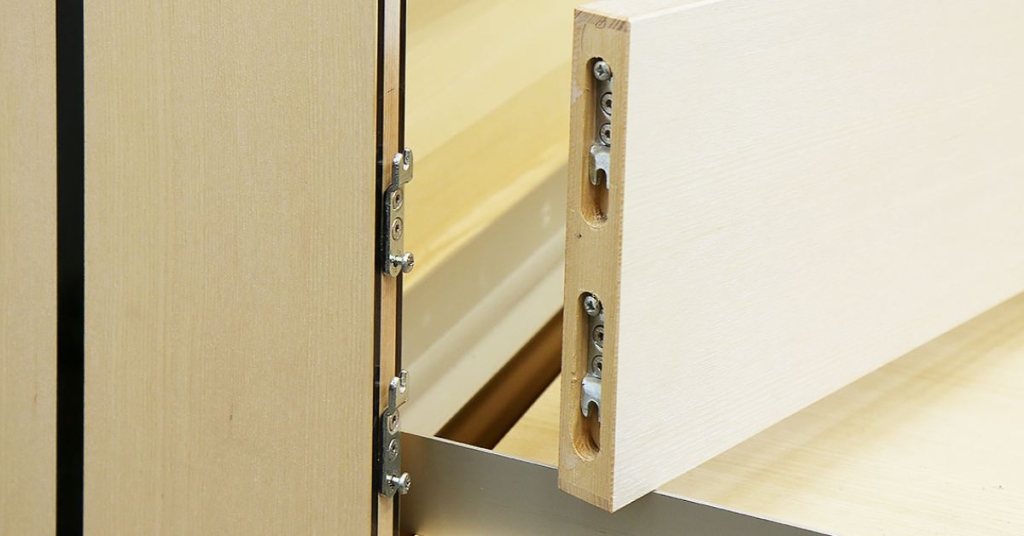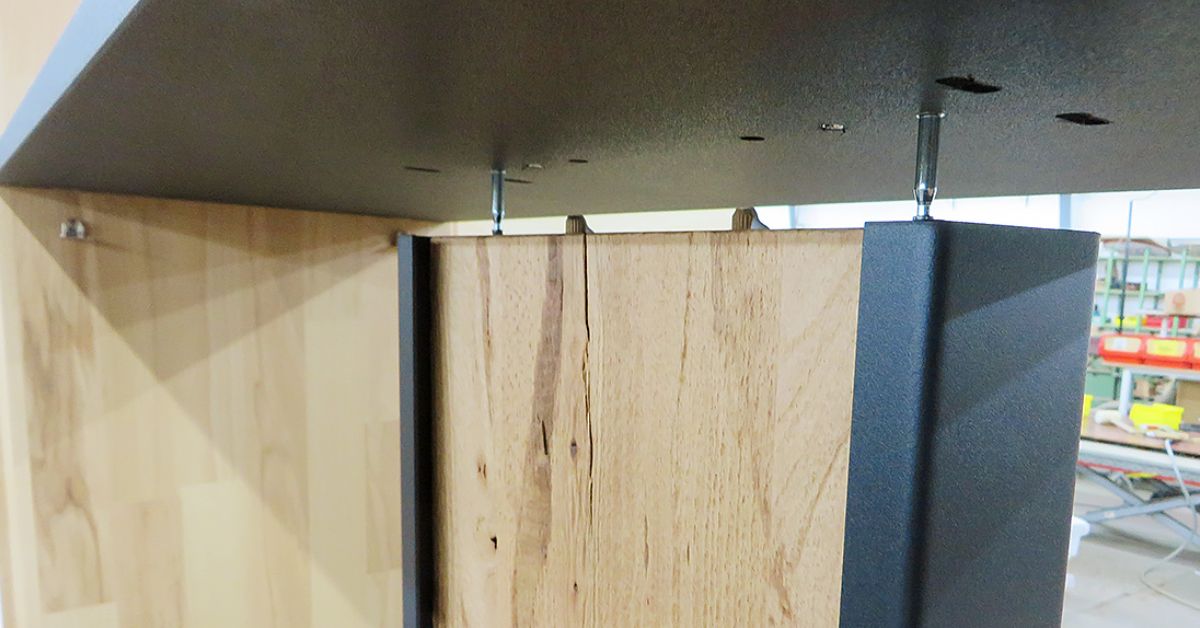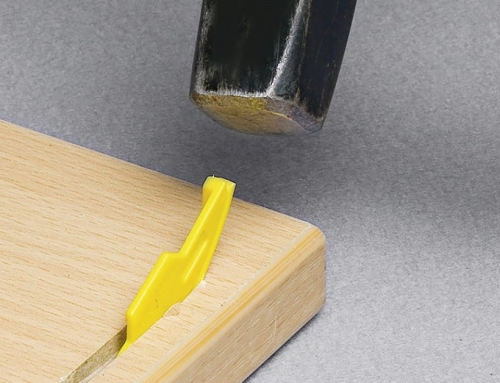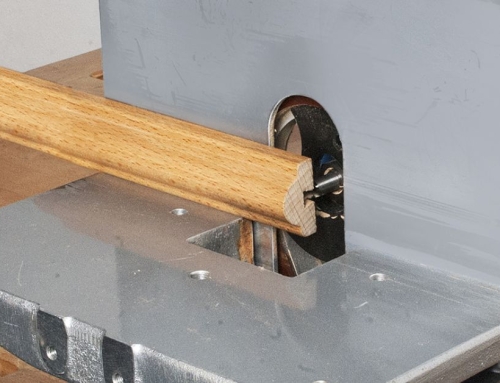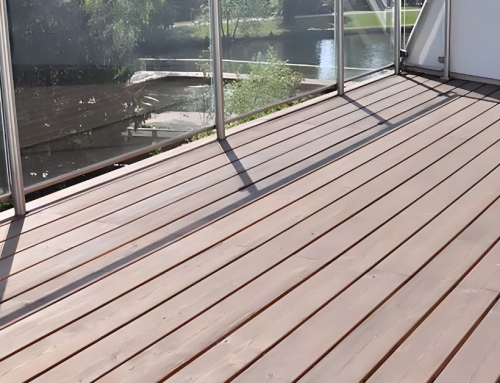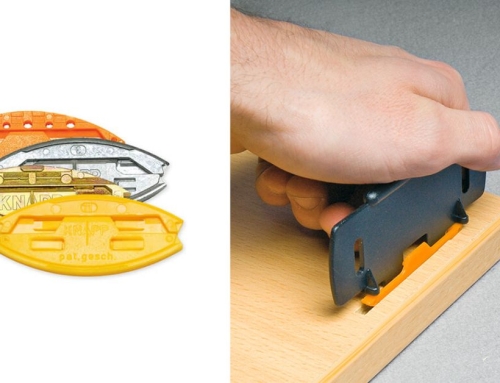If you’ve spent any time woodworking, whether professionally or as a passionate DIYer, you know the importance of details. Sure, a sturdy structure is important, but do you know what really makes your work impactful? Clean, sleek designs that don’t look like something made by Dr. Frankenstein.
Enter concealed fasteners, a valuable aid in modern carpentry. These nifty little contraptions make your furniture look like a woodworking wizard crafted it. No screws, no nails, no unsightly bumps; just beautiful, seamless joinery. Whether piecing together an industrial dining table or crafting a minimalist bookshelf, invisible fasteners are about to become your new best friend.
Ahead, learn all about the power of strong and invisible concealed carpentry fasteners and why they’re the game changer you didn’t know you needed.
What Are Concealed Fasteners?
Picture this: you’re admiring a pristine wooden table. The grain flows uninterrupted, the edges are smooth, and there’s not a single screw or bracket in sight. Where’s the magic? Hidden in plain sight, thanks to concealed fasteners.
Concealed carpentry fasteners are hardware components cleverly designed to connect wood pieces while staying completely out of view. Think of them as the James Bond of carpentry. They get the job done quietly and (mostly) without detection. The result? Strong, sturdy, and drop-dead gorgeous joints.
Whether you’re decking an outdoor patio or assembling flat-pack furniture that doesn’t wobble, invisible fasteners are the key to form meeting function.
Types of Concealed Fasteners
Before you dash to your local hardware store with excitement, it’s good to familiarize yourself with the different types of concealed fasteners available. Each one has its own personality, quirks, and best-use cases. Here’s a breakdown of the most popular types:
Pocket Hole Screws
These screws are a perfect option for quick assembly and smaller pieces of furniture. Plus, they’re great for projects like cabinets or frames, where the screws are hidden on the backside.
Biscuit Joints
These thin, oval-shaped fasteners live in slots cut into joining pieces of wood. They’re ideal for aligning and strengthening edges, like tabletops or wide panels.
Dowels
Dowels are a classic for a reason. These cylindrical wooden pegs fit snugly into corresponding holes on connecting pieces. They’re perfect for drawers, chairs, and any wooden piece where strength is a top priority. Think of them as the OG of invisible fasteners.
Hidden Deck Fasteners
If you’re working on decking, these clips and screws allow you to secure boards from below, leaving a sleek, nail-less surface. Dreamy, isn’t it?
Lamello Systems
High-end and precise, these fasteners work particularly well for complex furniture projects where you need top-notch strength and intelligence.
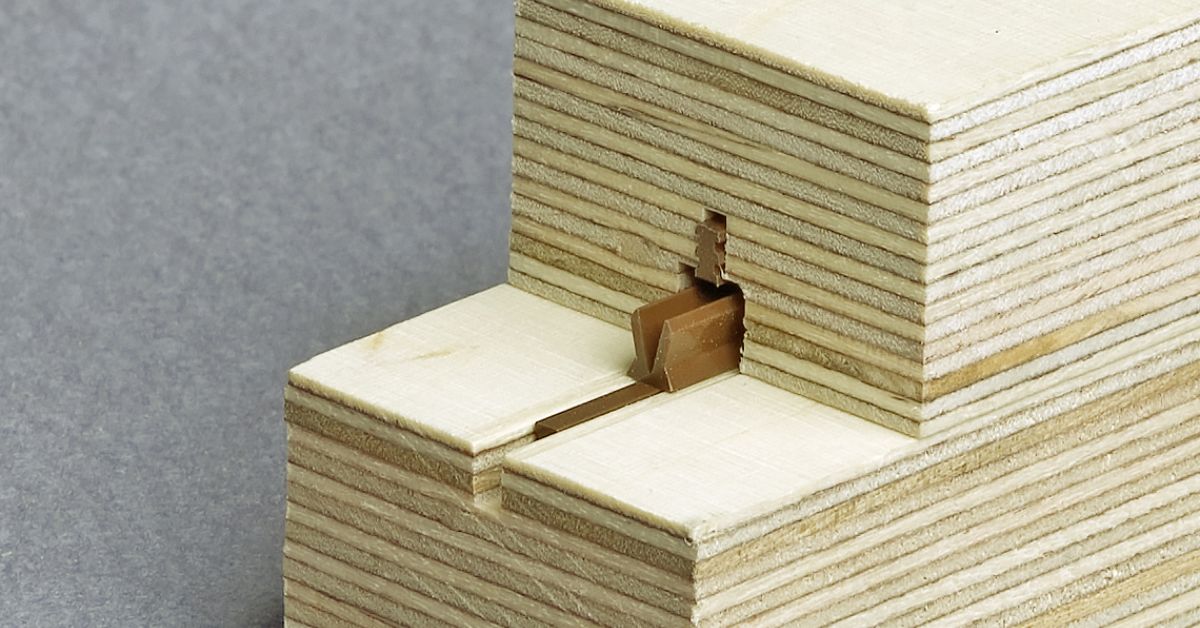
Why Choose Concealed Fasteners?
Concealed fasteners aren’t just nice to have; they’re arguably a must for anyone serious about carpentry or design. Learn why these stealthy tools deserve a permanent spot in your kit.
Aesthetic Appeal
Visible screws and nails scream “garage project,” while hidden fasteners whisper “professional artisanship.” Using concealed fasteners provides an uninterrupted surface that prioritizes natural wood’s beauty. No one needs to see your screws showing when you’re pouring your heart (and glue) into a timeless piece.
Strength and Durability
Invisible doesn’t mean weak; concealed fasteners are designed to ensure long-lasting joints that can take on heavy use. Whether it’s the weight of dinner parties or stacks of unread books, your furniture will hold steady.
Material Flexibility
Wood, composite, aluminum—you name it, concealed fasteners can handle it. From sophisticated office desks to weatherproof poolside decks, these fasteners deliver consistent results.
Improved Workflow
Installing concealed fasteners can be quicker than traditional nails or screws. Most systems come with premeasured guides or templates that save you time. Goodbye, endless trial and error!
No Snags or Splinters
Nobody likes catching their sweater—or worse, their finger—on a rogue screwhead. With concealed fasteners, surfaces stay smooth and injury-free.
Boosts Credibility
Looking to elevate your reputation as a woodworking guru? Concealed fasteners are your golden ticket. Clients (and Instagram followers) will swoon over your seamless artisanship.
How To Use Concealed Fasteners Like a Pro
You’re sold on concealed fasteners, but how do you actually use them? We’ve broken it down into manageable, convenient steps.
Step 1: Choose Your Fastener
Pick a fastener type based on your project’s needs. Building patio furniture? Go for hidden deck fasteners. Tackling a new bookshelf? Dowel it up.
Step 2: Plan Your Placement
Measure twice (or thrice) and cut once. Make sure all your wood pieces fit snugly before you start. A dry fit is always your friend.
Step 3: Predrill or Slot
Predrilling helps your fasteners align perfectly and prevents wood from splitting. For biscuits or dowels, make sure the slots or holes are clean and precise.
Step 4: Assemble With Confidence
Align your pieces, inserting your fasteners carefully. If you’re using glue, give it ample time to set before moving or adjusting the joint. Patience is a virtue.
Step 5: Sand and Finish
Once assembled, take time to sand down rough areas and finish the wood. The idea is to make your work look as though it was pieced together by magic, not by hand.
Mistakes To Avoid With Concealed Fasteners
Even seasoned carpenters can make missteps when working with concealed fasteners, especially at first. Here are a few common pitfalls and how to steer clear of them:
- Skipping predrilling: Don’t get complacent. Predrilled holes are crucial for alignment and avoiding splits.
- Improper measurements: Invisible fasteners amplify bad precision, so you must measure with care to avoid uneven or weak joints.
- Rushing the process: Good joinery takes time. Allow glues or adhesives to dry completely before giving your project a trial run.
- Overlooking material compatibility: Not every fastener works with all materials, so always double-check before you commit.
- Using low-quality fasteners: Cheap hardware is bound to fail, which is why you should invest in quality fasteners that will stand the test of time.
Invisible Fasteners: The Future of Carpentry
Modern woodworking is as much about innovation as it is about tradition. Concealed fasteners combine the best of both worlds: classic joinery techniques updated with cutting-edge engineering.
Whether you’re assembling a statement piece for a client or upgrading your living room furniture, you can count on concealed fasteners to pave the way for more beautiful, practical results.
There’s no better time to elevate your woodworking game than right now. Harness the strong, invisible strength of concealed carpentry fasteners from Knapp Connectors. Once you’ve gone invisible with your fasteners, you’ll wonder how you ever lived without these mighty little tools.

